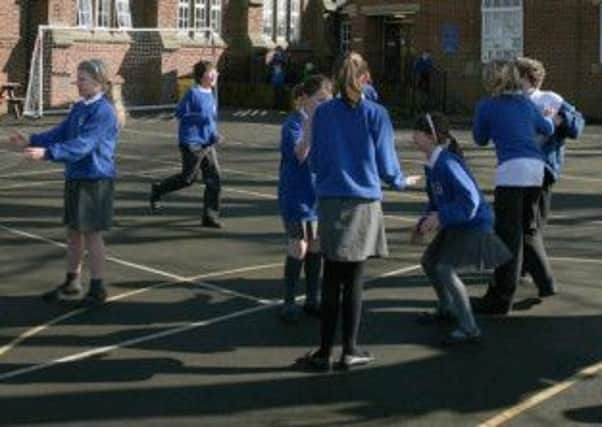Protecting pupils at school


Thousands of children have been seriously injured in accidents at school over the last five years, costing the taxpayer more than £3.3m in compensation in just three of England’s biggest cities alone.
Incidents include fractured bones and severed fingers, with many resulting from unsafe classroom and PE equipment, according to health and safety experts Employment Law Advisory Service (ELAS), who obtained the figures.
Advertisement
Hide AdAdvertisement
Hide AdThey found that a total of 1,980 personal injury claims were lodged across Greater London, Birmingham and Greater Manchester in the five years since September 2008, and 444 of them were successful.
“These figures are shocking and clearly not enough is being done to protect children in schools from what are, in the main, preventable accidents,” says Wayne Dunning, ELAS’ lead health and safety consultant. “The statistics emerging from these three cities are only the tip of the iceberg.
“Health and safety’s not being managed properly in the education sector and this is costing taxpayers millions, not only in direct compensation but also additional hidden costs from administration.”
Dunning says that it’s clear from the nature of the accidents that many areas are being overlooked by school managers and teachers, and points out: “It’s not through any fault of their own, but because they haven’t received the necessary training required to identify the potential risks and hazards that may prevent an accident from happening in the first place.
Advertisement
Hide AdAdvertisement
Hide Ad“These are quite basic health and safety failings and the Government needs to invest more in training, so that accidents that put children in danger are avoided.”
Christine Blower, general secretary of the National Union of Teachers (NUT), agrees that school managers and teachers often don’t have enough guidance to make schools the safest they possibly can be.
She says school health and safety guidance is currently piecemeal, and suggests: “There should be national guidance available for school managers on what their duties are, how to avoid risk, and what’s a reasonable way of doing that.
“You can’t avoid all accidents, but schools have to make sure safety requirements are met, such as adequate staff supervision, and national guidance will help staff.”
Advertisement
Hide AdAdvertisement
Hide AdShe says that while stories about seemingly over-zealous school health and safety measures have hit the headlines in recent years, such tales are often taken out of context, and there’s no reason to think that rules are any more or less stringent than they were in the last generation.
General guidance from the Department for Education (DfE) stresses that health and safety measures should help children experience a wide range of activities safely, but not stop them.
A DfE spokesperson says: “New clear and concise health and safety guidance is available to all schools. This includes information on the requirements as well as important guidance on managing risk.
“Local authorities and schools are responsible for the health and safety of their pupils and they must ensure that staff are given the training they need for their job.”